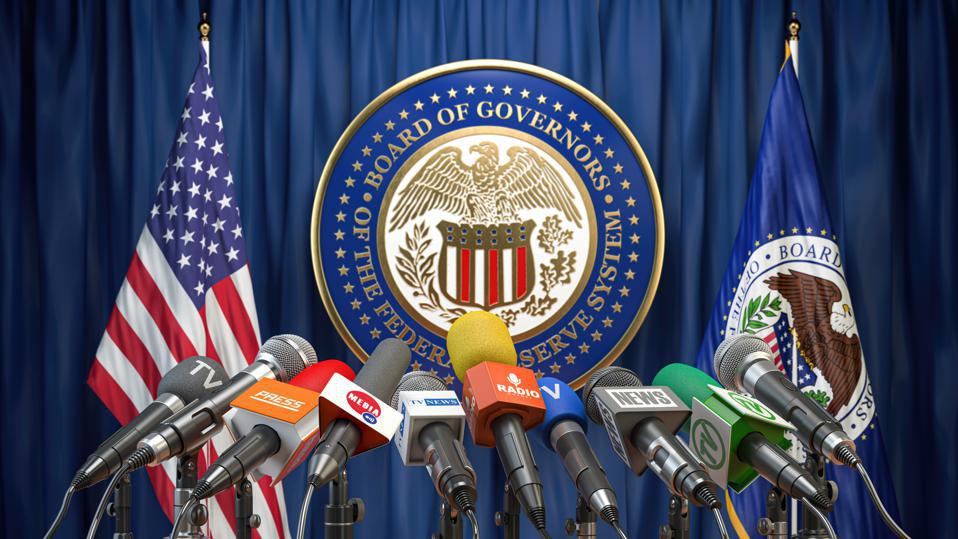The FOMC minutes confirmed a hawkish pause last month. While most participants agreed to hold rates unchanged, some FOMC members wanted to keep hiking.
The economy was facing headwinds from tighter credit conditions, including higher interest rates, for households and businesses, which would likely weigh on economic activity, hiring, and inflation, although the extent of these effects remained uncertain. Against this backdrop, and in consideration of the significant cumulative tightening in the stance of monetary policy and the lags with which policy affects economic activity and inflation, almost all participants judged it appropriate or acceptable to maintain the target range for the federal funds rate at 5 to 5-1/4 percent at this meeting. Most of these participants observed that leaving the target range unchanged at this meeting would allow them more time to assess the economy’s progress toward the Committee’s goals of maximum employment and price stability. Some participants indicated that they favored raising the target range for the federal funds rate 25 basis points at this meeting or that they could have supported such a proposal. The participants favoring a 25 basis point increase noted that the labor market remained very tight, momentum in economic activity had been stronger than earlier anticipated, and there were few clear signs that inflation was on a path to return to the Committee’s 2 percent objective over time.
A July rate increase looks like a done deal, and September is a possibility unless we see the labor market starting to struggle by then.
Based on market pricing, the monetary policy is already fairly restrictive.

US Economy
- Real consumer spending stalled in May.
- But spending on services keeps trending higher.
- Real personal income indicators continue to improve.
- Personal savings as a share of disposable income edged higher.

- Spending on services and inventory rebuilding sent the GDPNow model Q2 growth estimate back above 2% (annualized).
- The PCE inflation report showed slower price gains. But core inflation remains sufficiently high to warrant a Fed rate hike this month.
- Year-over-year:

- The ISM Manufacturing PMI report showed further deterioration in US factory activity last month.

- Factory orders softened further in May.

- Automobile sales increased in June.
- Debit and credit card spending has been slowing.
- The end of student loan forbearance will put further pressure on household finances later this
- The June ADP private payrolls report was remarkably strong, suggesting that the labor market has withstood the Fed’s rate hikes with limited impact.

- Hotels and restaurants have accelerated hiring.
- While factories continue to reduce staff, construction, healthcare, and logistics sectors boosted hiring in June.
- Small and mid-size businesses accelerated hiring.
- Northeast job gains were particularly strong.
- Treasury yields surged as the Fed struggles to loosen the labor market, with the 2-year rising above 5%.

- Here are some vacancy trends by sector. Job openings in logistics (transportation/warehousing) increased again. Government job openings hit a record high, exacerbating competition for labor.

- We are still looking at 1.6 job openings per unemployed worker, which signals persistent labor market imbalances.
- The divergence between manufacturing and services continues to widen, which is a global phenomenon.

- Mortgage rates surge past 7%
Market Data
- A strong first half of the year often leads to gains in the second half.

- According to SentimenTrader, the S&P 500 is more than 8% higher than what strategists, on average, estimated it would be six months from now.

Source: SentimenTrader

Source: @JessicaMenton, @lena_popina, @markets Read full article
- Growth stock valuations are inconsistent with surging real yields.

- Q3 and Q4 earnings estimates are inconsistent with US GDP forecasts.

Source: Truist Advisory Services
- However, earnings estimates are not as upbeat in real terms.

Quote of the Week
“A man hears what he wants to hear and disregards the rest…”
—The Boxer, Paul Simon, 1969
Picture of the Week

All content is the opinion of Brian Decker






